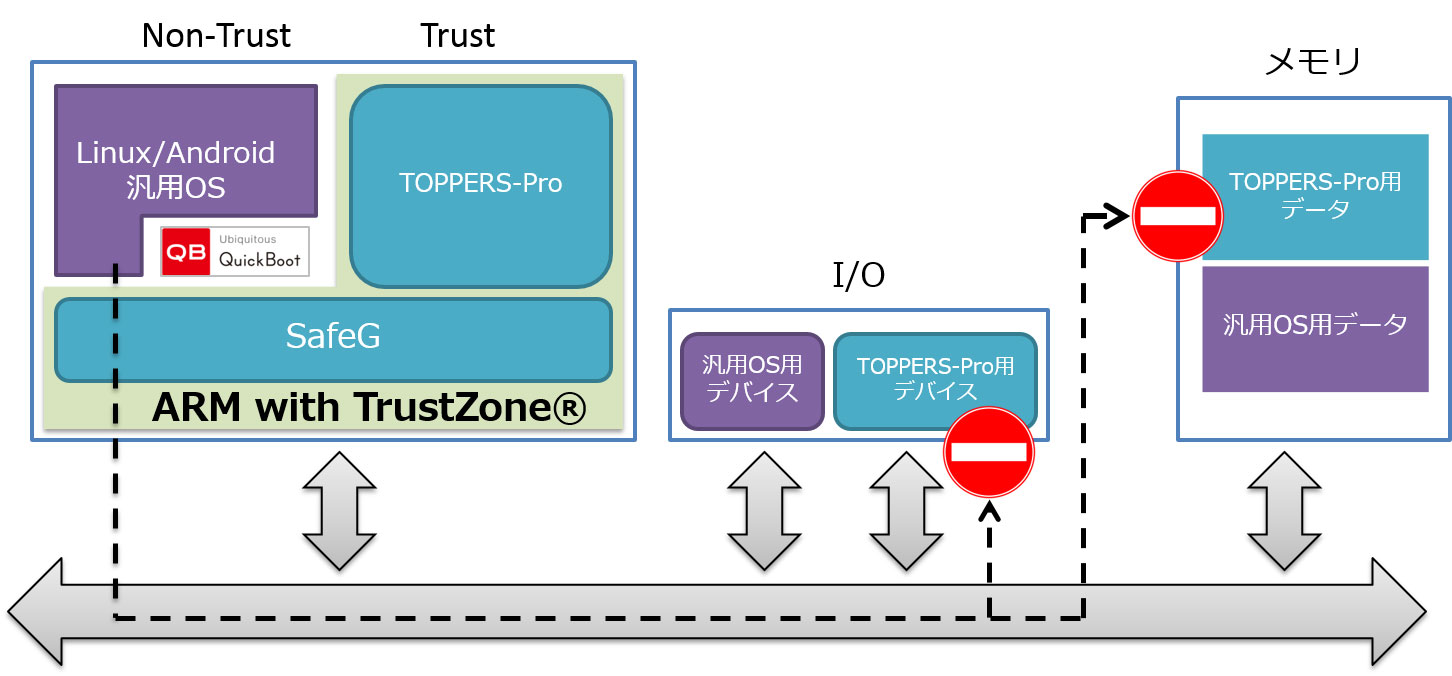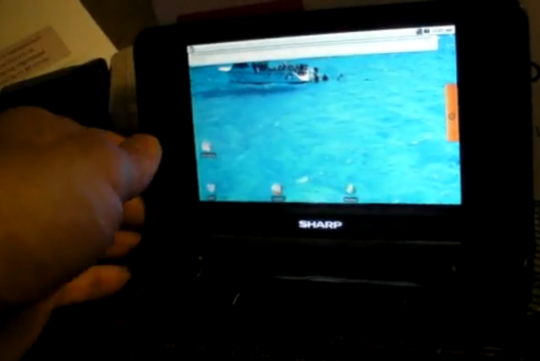

Alternatively, you can search for Services in the Start Menu, then change the Startup type of any nonessential applications from Automatic to Automatic (Delayed Start). While there, look at each of the Startup items and uncheck any that don’t look absolutely essential, such as Adobe Reader and Acrobat Manager or Google Update.

To do this, open the Start Menu, type and run “msconfig” in the search menu box and navigate to the Startup tab. While removing unnecessary pre-installed applications can shave some seconds off your boot time (see our second-to-last tip), a surefire way to do it is to disable all but the most crucial applications from starting with your notebook.
#Ubiquitous quickboot free#
Most laptops-particularly those that come loaded with free software-get bogged down during startup when trying to load a ton of programs simultaneously. Turning on Quick Boot tells the BIOS to ignore these tests during startup. When powering on, the BIOS performs a number of tests-such as counting the system memory-that can take several seconds to complete. To change these settings, simply enter the BIOS (usually by pressing F2, F12 or the escape key during the boot process), navigate to the Boot menu and move Internal Hard Disk Drive to the top of the Boot Priority list.Īdditionally, the BIOS on some notebooks allows you to enable an option for Quick Boot.

The BIOS on most laptops is configured to try to boot off of the optical disk drive and then off one or two other devices (such as a USB flash drive) before attempting to boot off the hard drive. 2011 saw more ebooks sold than hardbacks for the f.An easy way to reduce your notebook’s boot time is to make sure the BIOS boots off the internal hard disk drive first.The History of Search Engines and Browsers.How do I conduct intelligent text analysis within.European Commission to investigate possible collus.More information about the libraries initiative can be found on the following link: It appears unlikely to me that the Chromebook will gain serious traction unless there is near ubiquitous quality internet coverage. These include inability to run your Windows applications directly, limited choice of browser and, most importantly, you need a constant good internet connection. However, the disadvantages may outweigh these.
#Ubiquitous quickboot how to#
The Chromebook has some positive aspects such as ease of use (if you can operate a browser, you know how to operate Chrome OS), cloud storage and a very quick boot on under 10 seconds. I wish I could do word processing with that.” A senior librarian from the library pointed out that the typical response to Chromebooks would be, “that was pretty cool. The Palo Alto, California Library tested out 21 of the devices over a month’before deciding on an upcoming lending program in January. At least three libraries have been working towards lending out Chromebooks to patrons for a period of time. Recently, Google has been working with public libraries recently in order to promote its concept. Instead of using traditional word processing software, the Chromebook uses web apps from the Chrome Web Store.
#Ubiquitous quickboot Offline#
This means they have very limited offline capabilities. The Chromebook uses the Google Chrome OS operating system and Chromebooks are primarily designed to be used while connected to the Internet. The Google Chromebook recently celebrated its one year anniversary.


 0 kommentar(er)
0 kommentar(er)
